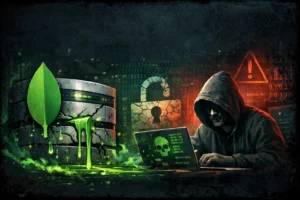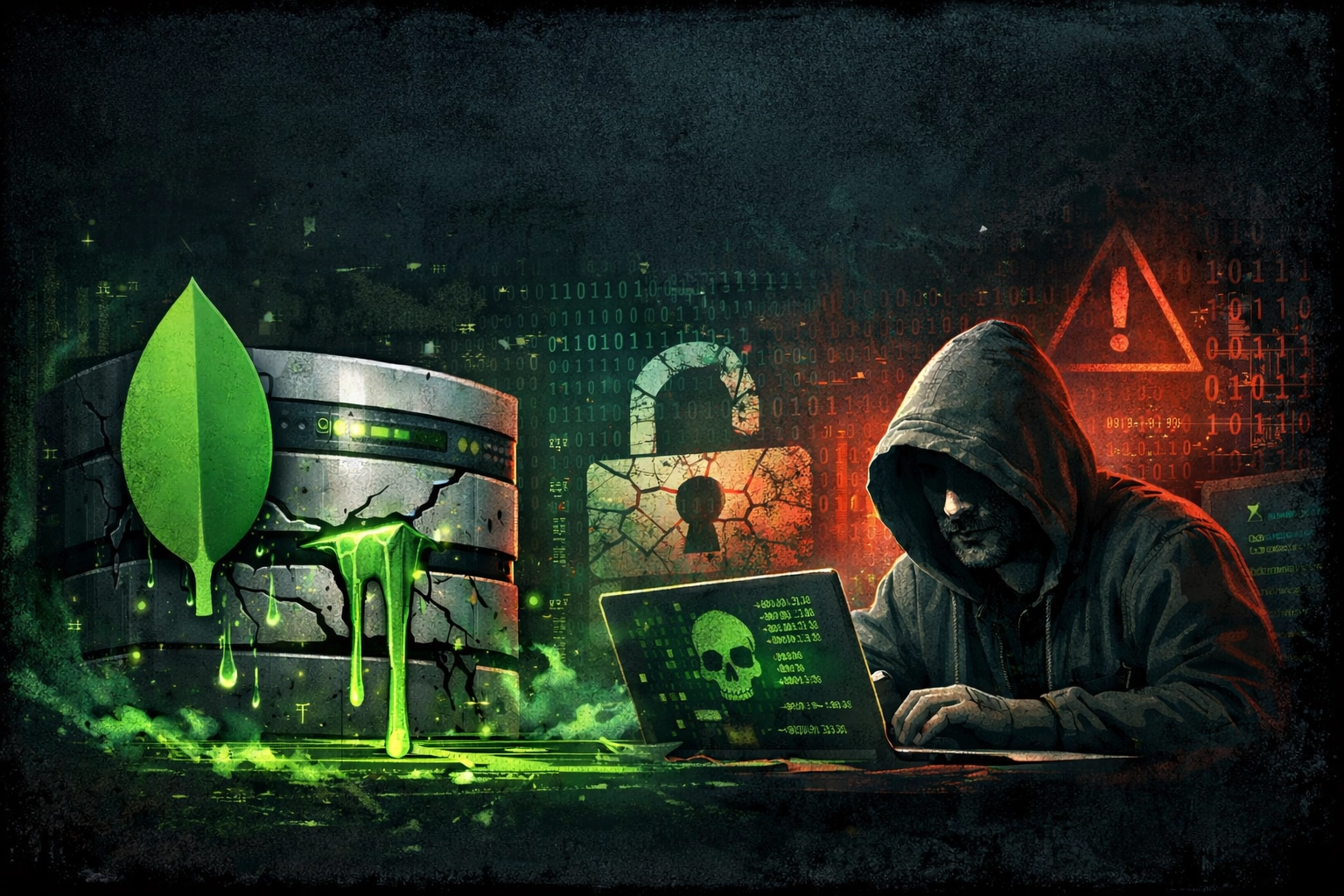
Red Team vs Blue Team: Everything You Need To Know
If you’ve ever watched a game of tag, where one person chases and the other escapes, you’ve already grasped the spirit of red team vs blue team. Cybersecurity has borrowed this gamified approach from military exercises to create a controlled battle between offensive and defensive specialists. In this duel, red teams think like attackers – trying to break in using real-world techniques – while blue teams defend the network and respond to those attacks. The goal isn’t to embarrass anyone; it’s to expose weaknesses, strengthen resilience, and learn from mistakes without risking a real breach.
What Makes Up the Red Team?
The National Institute of Standards and Technology defines a red team as “a group of people authorized and organized to emulate a potential adversary’s attack or exploitation capabilities against an enterprise’s security posture.” Put simply, red teamers act as ethical hackers; they identify vulnerabilities and simulate real-world attacks to help organizations shore up their defenses.
Roles Inside the Red Team
According to Splunk, a modern red team isn’t just one person with a hoodie and a hacking terminal – it’s a group of specialists:
- Vulnerability assessors analyze networks and applications to find weak points.
- Security auditors review policies and procedures to ensure they meet industry standards.
- Ethical hackers mimic attackers’ methods, using tools like phishing and social engineering to expose human vulnerabilities.
- Penetration testers perform structured attacks to exploit vulnerabilities and confirm whether a security measure can withstand real threats.
Tactics Used by Red Teams
Red teams go beyond simple vulnerability scans. They employ advanced penetration testing techniques, simulate targeted phishing campaigns (sometimes using AI-generated deepfakes), and hunt for zero-day vulnerabilities. In some engagements, they create custom tools to automate attacks and research novel attack methods.
Why so elaborate? As the threat landscape evolves, organizations need to know not just whether their firewalls are patched but whether they can survive the tactics and techniques adversaries actually use. Red teams test security controls, incident-response playbooks, and even human behavior in realistic conditions.
Who Are the Blue Team?
If red teams play offense, blue teams play defense. NIST describes the blue team as “the group responsible for defending an enterprise’s use of information systems by maintaining its security posture against a group of mock attackers (the Red Team).” In practice, blue teamers consist of incident-response consultants and internal IT staff who monitor systems, detect intrusions, and remediate threats.
Core Blue-Team Roles
A typical blue team includes several roles:
- Cybersecurity analysts evaluate systems, analyze alerts, and recommend improvements.
- Incident responders investigate suspicious events and contain breaches.
- Threat-intelligence analysts track external threats to understand emerging attack patterns.
- Security engineers and architects implement and maintain defensive infrastructure, from firewalls to zero-trust networks.
What Blue Teams Do Each Day
Blue teams don’t just wait for attacks. They perform continuous risk assessments, identifying the organization’s most vulnerable assets and evaluating potential threats. Routine vulnerability scans help them stay on top of misconfigurations or outdated software. They deploy antivirus and anti-malware solutions, monitor logs and network traffic for anomalies, and configure intrusion detection and prevention systems. Importantly, they plan by researching emerging threats to adjust defenses before attackers strike.
In other words, the blue team’s job is equal parts prevention, detection, and response. They are the watchful sentinels and first responders of your network.
Key Differences Between Red and Blue Teams
While these teams are two sides of the same coin, their mindsets and goals diverge. Here’s a simple comparison:
Aspect | Red Team | Blue Team |
Goal | Identify vulnerabilities by emulating adversaries and exploiting weaknesses. | Protect systems by detecting, analyzing, and mitigating attacks |
Approach | Offensive, adversary-focused; uses penetration testing, phishing, and social engineering. | Defensive and proactive; conducts risk assessments, monitoring, vulnerability scanning, and incident response. |
Outcome | A report detailing how the organization was breached, including recommended fixes | Implementation of controls, patching vulnerabilities, and refining monitoring to prevent future attacks |
Mindset | Creative and devious; thinks like a hacker | Analytical and vigilant; focuses on resilience and early detection |
Collaboration: Enter the Purple Team
In practice, many organizations now conduct purple-team exercises, where red and blue teams collaborate rather than compete. Purple teaming involves sharing attack techniques, defensive observations, and lessons learned in real time. This collaboration helps the blue team understand how attackers operate while giving the red team insight into detection methods. Effective red/blue-team exercises require thorough debriefs and knowledge transfer.
Benefits of Red vs Blue Team Exercises
Why invest in these exercises? Some of the benefits include:
- Identify misconfigurations and gaps in existing security products.
- Strengthen network defenses to detect targeted attacks and improve response time.
- Promote healthy competition and cooperation among security personnel.
- Raise awareness among staff about human vulnerabilities like phishing.
- Build maturity in security capabilities within a low-risk environment.
Red-team attacks provide invaluable feedback for developing training programs and patching human vulnerabilities, while blue-team exercises improve risk assessment, system hardening, and log analysis. Together, these exercises allow organizations to test their people, processes, and technologies in a controlled way and measure improvements over time.
Real-World Analogies
Think of a medieval castle: The red team plays the role of invading knights searching for secret tunnels and weak points in the walls. They might pose as merchants to slip past the guards or use siege engines to breach the gate. The blue team acts as the castle’s sentries and engineers, watching the walls, inspecting the gate, patching cracks, and training guards to spot suspicious behavior. When red teamers successfully sneak in, it’s not a failure – it’s a chance for the defenders to identify and strengthen those weak spots. When both sides share their findings, the castle becomes much harder to conquer.
FAQs
Is red teaming just another term for penetration testing?
Not exactly. Penetration testing is a component of red teaming, but a true red-team exercise goes beyond one-time testing. Red teams simulate sophisticated, multi-stage attacks, often using social engineering, lateral movement, and custom tools. Penetration testing typically has a narrower scope and focuses on finding and exploiting technical vulnerabilities in a defined environment.
Can the same person work on both red and blue teams?
While some skills overlap, the mindsets are different. Red teamers adopt the perspective of an attacker and seek to break things, while blue teamers focus on detection and defense. However, cross-training can be valuable. Many organizations encourage security professionals to gain experience on both sides to understand the full attack–defense lifecycle. That’s the idea behind purple teaming.
What is a purple team?
A purple team is not a separate group but a collaborative approach where red and blue teams share information and work together during an exercise. By debriefing and communicating, they ensure that defensive improvements are implemented and that offensive tactics evolve accordingly. Purple teaming accelerates learning on both sides and helps organizations adapt to emerging threats.
How often should organizations run red vs blue team exercises?
There’s no one-size-fits-all answer, but experts recommend regular exercise to stay ahead of evolving threats. Adversaries can dwell inside networks for months, so periodic testing is essential to detect long-dormant intrusions and maintain readiness. Annual or semi-annual exercises are common for larger organizations, while continuous red-team engagements may be appropriate for high-risk sectors.
How does generative AI impact red and blue teams?
Generative AI is a double-edged sword. Large language models can help red teamers automate phishing emails and malware generation, making attacks easier to scale. Conversely, blue teams must understand organizational context, which is not yet encoded into AI models. For defenders, AI is more useful in automating repetitive tasks (like log analysis) and freeing analysts to focus on sophisticated threats.
Conclusion
The red team vs blue team dynamic is more than just a rivalry; it’s a crucial part of building robust cybersecurity defenses. While red teams act as attackers to uncover vulnerabilities, blue teams defend by detecting and mitigating threats. The collaboration between these teams, especially through purple teaming, strengthens an organization’s security posture.
Latest
Blogs
Whitepapers
Monthly Threat Brief
Customer Success Stories
 USA
USA India
India APAC
APAC Middle East
Middle East Global
Global






 Facebook
Facebook Linkedin
Linkedin  X
X Youtube
Youtube








